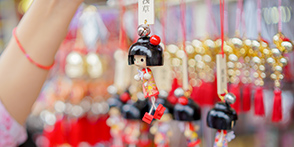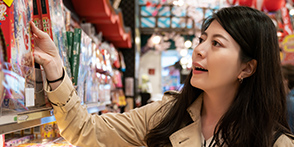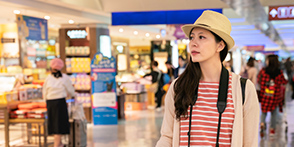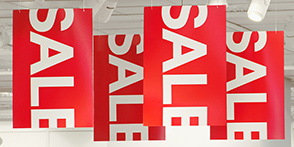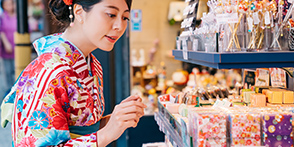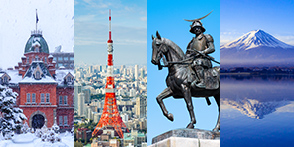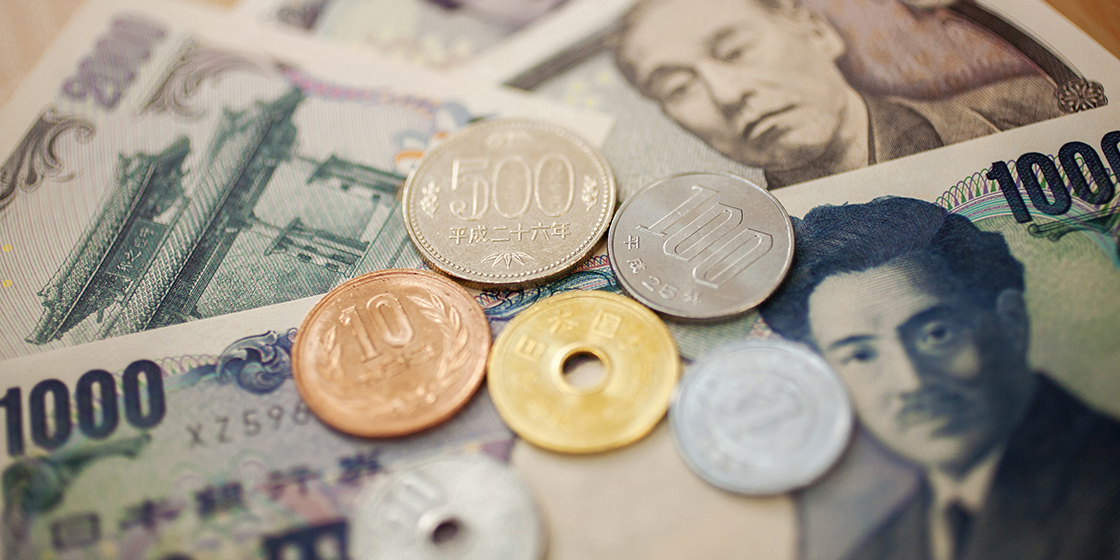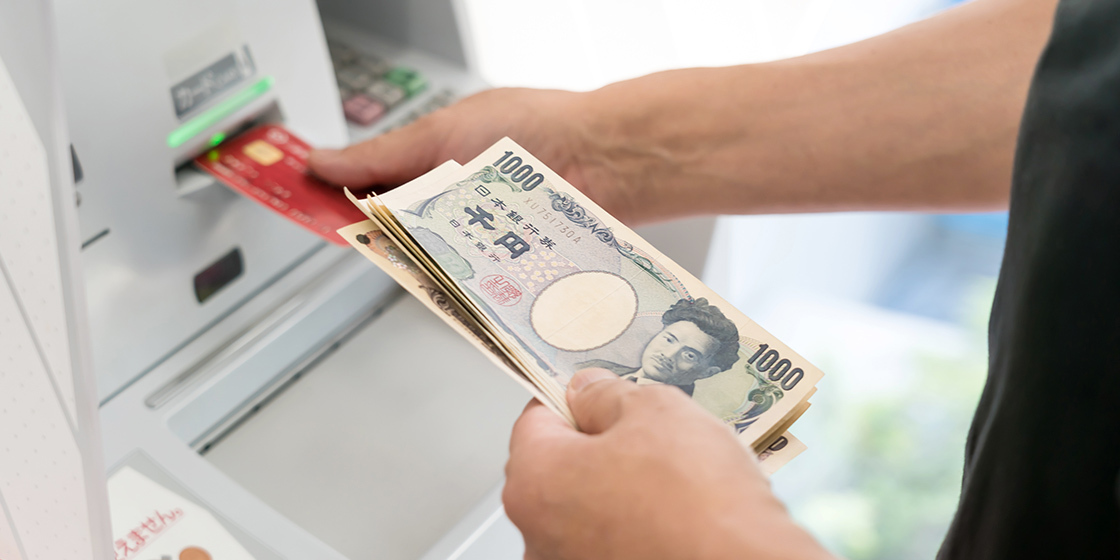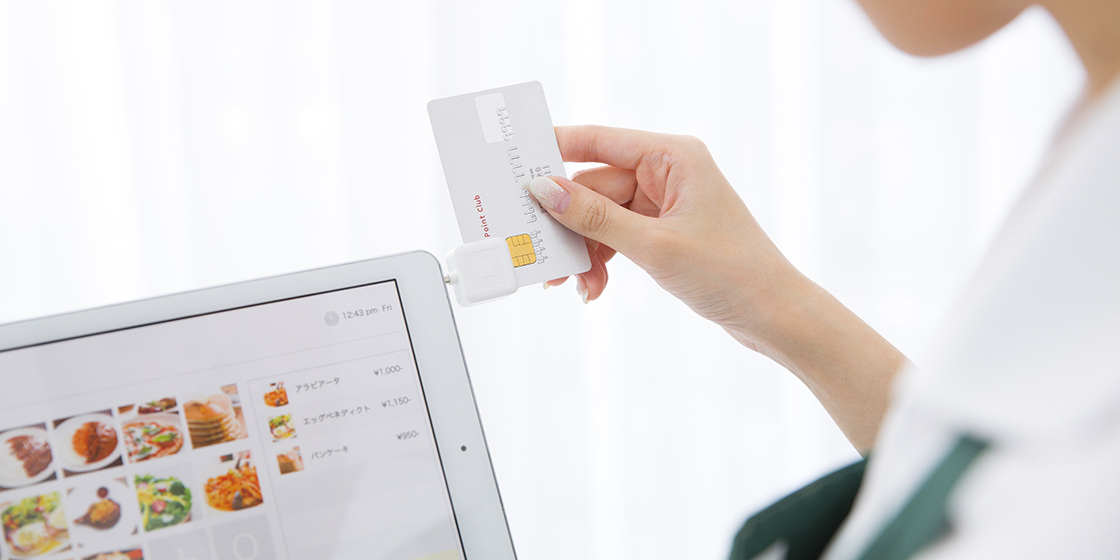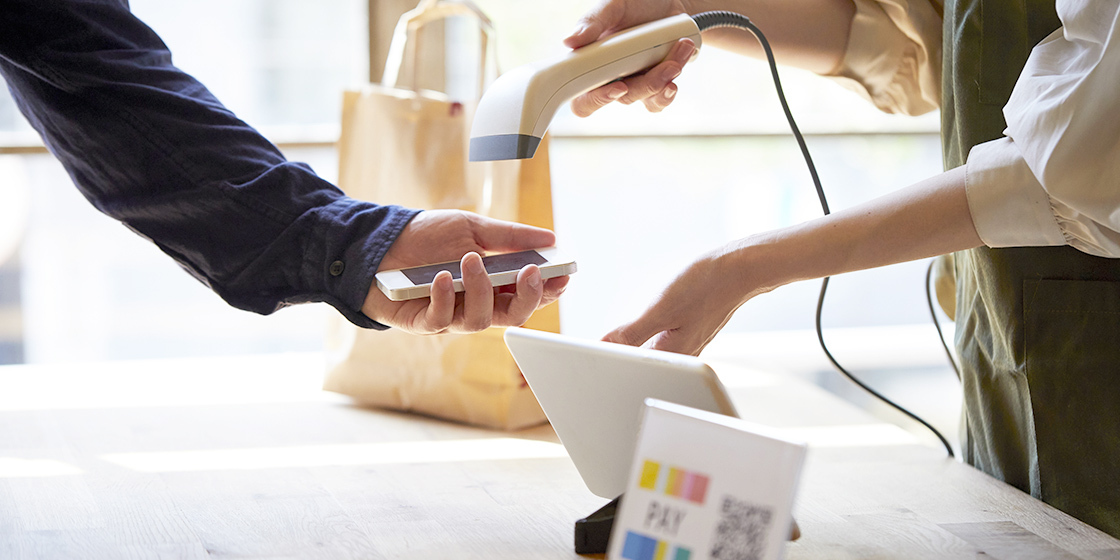- TOP
- Know
- Basic shopping knowledge
- Money / Payment
Money / Payment
Tips to enjoy shopping safely in Japan
Japanese currency
"Japanese yen" is used in Japan. The unit is "yen". It is also shown by the symbol "¥". The bills currently in use are of "10,000 yen", "5,000 yen", "2,000 yen" and "1,000 yen", and the coins are of "500 yen", "100 yen", "50 yen", "10 yen", "5 yen" and "1 yen".
2,000-yen bills are rarely seen and thus, hardly used.
Rate
Source: "fx-rate.net"
Money exchange / ATM
Money exchange counter
In Japan the number of places where foreign currencies can be exchanged for Japanese yen is generally small. Even regarding banks, there are many where exchange is impossible; in Japan there is not much variation in exchange rates between airports and cities, so we recommend exchange for Japanese yen at an airport. In large towns such as Shinjuku and Ginza, there are banks and exchange counters where exchange is possible. (The operation hours are generally 9:00 through 19:00) Please ask staff of a hotel or store.
There are some localities where exchange is not possible at all, and so exchange for Japanese yen in advance will be necessary. There are almost no stores where dollars can be used. Cash is still dominant in Japan, and so we recommend that you carry cash while traveling.
ATM
It is possible to withdraw Japanese yen at Japan Post, Seven Bank and Aeon Bank, using a credit card issued overseas. The simplest way to obtain Japanese yenis by utilizing an ATM at a convenience store such as 7-Eleven, FamilyMart or LAWSON, not to mention airports in particular. Japanese convenience stores are mostly located in convenient places near railroad stations and so forth, so please utilize one.
Be extra careful as there may be limits on withdrawals per day. Please note that the limit for the withdrawal amount varies depending on your bank, and certain rules and restrictions may apply. Also note that withdrawal requires a service charge and that the service may not be available 24 hours.
Payment
Credit card, Debit card
International credit cards such as VISA, Mastercard, JCB, Amex and Diners can be used at most stores in Tokyo, Osaka, Sapporo, Fukuoka, Naha, etc. In rural areas, however, there are many stores where it is not possible to use it, so please check brand logos shown in front of the store or check if your card can be used.
Transportation IC card
What is mainly used at ticket gates of railroad stations, convenience stores, etc. is electronic money such as Suica and Pasmo. These transportation IC cards that can be bought by anybody. The ones you can buy at JR stations is Kitaka, Suica, TOICA, ICOCA, SUGOCA, etc. The ones you can buy at subway stations in Tokyo and private railroads are PASMO, manaca, PiTaPa, nimoca, Hayakaken, etc. Depending on the card, there are areas where use is restricted, so please check it in advance.
By crediting and charging with Japanese yen beforehand, it is possible to automatically pay the fare without the need to buy a ticket, just by passing through the ticket gate, which is very convenient. They can be used not only with trains but also at station stalls and with vending machines. They can be purchased from automatic ticket machines. It is a little difficult to understand it when you first buy one, but once you buy it, it does not have an expiration date, so you can also use it on your next trips! A deposit of 500 yen is required at the beginning. It is refunded when you return the card.
Smartphone payment
In Japan, payment through smartphones used to be available only at certain stores, but in the recent years, the range of its use has increased at drugstores, international airports, convenience stores, places for drinking and eating, etc. Regarding the availability of smartphone payments, please check by asking the staff of the store at the time of the electronic payment whether the settlement is possible, or check brand logos often displayed in front of the cash register.
